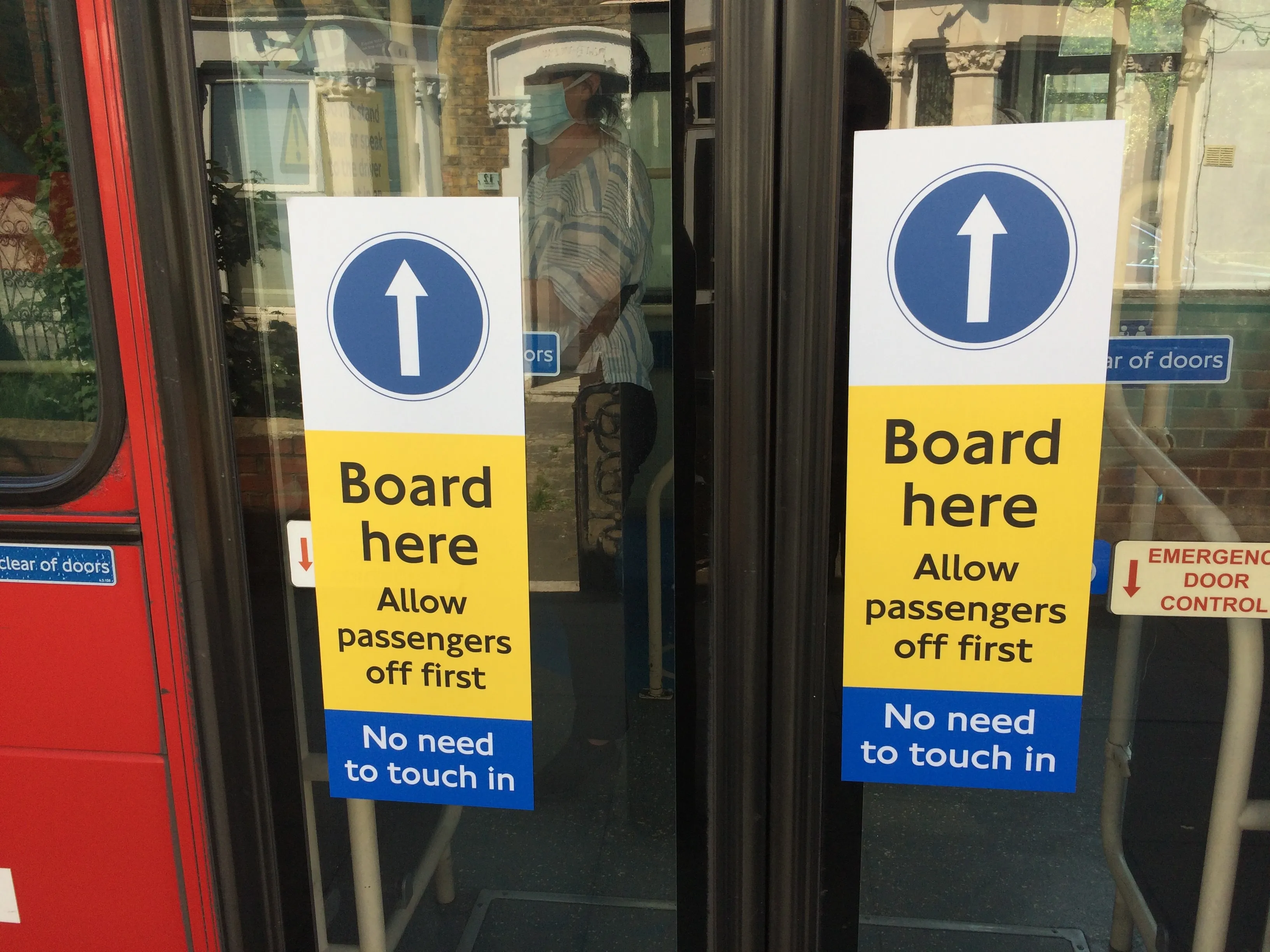According to Dutch automotive association and tourism group ANWB, there was an estimated 30 per cent year-on-year decrease in the number of traffic jams in the Netherlands in the first quarter of 2012. This comes as the Rijkswaterstaat, the Dutch department for infrastructure maintenance, invested more in the construction of new motorway lanes in recent years. The A2 motorway between Amsterdam and Utrecht has been expanded to ten lanes, and this reduced congestion by 25 per cent alone in 2011. In the short
April 4, 2012
Read time: 1 min
According to Dutch automotive association and tourism group 481 ANWB, there was an estimated 30 per cent year-on-year decrease in the number of traffic jams in the Netherlands in the first quarter of 2012. This comes as the 4767 Rijkswaterstaat, the Dutch department for infrastructure maintenance, invested more in the construction of new motorway lanes in recent years.
The A2 motorway between Amsterdam and Utrecht has been expanded to ten lanes, and this reduced congestion by 25 per cent alone in 2011. In the short term, the road widening will lead to less congestion. However, in the long term this is expected to change as people adjust to the new travel times. Moreover, people will also opt to live further away from where they work, meaning congestion will inevitably increase once again.
The A2 motorway between Amsterdam and Utrecht has been expanded to ten lanes, and this reduced congestion by 25 per cent alone in 2011. In the short term, the road widening will lead to less congestion. However, in the long term this is expected to change as people adjust to the new travel times. Moreover, people will also opt to live further away from where they work, meaning congestion will inevitably increase once again.









